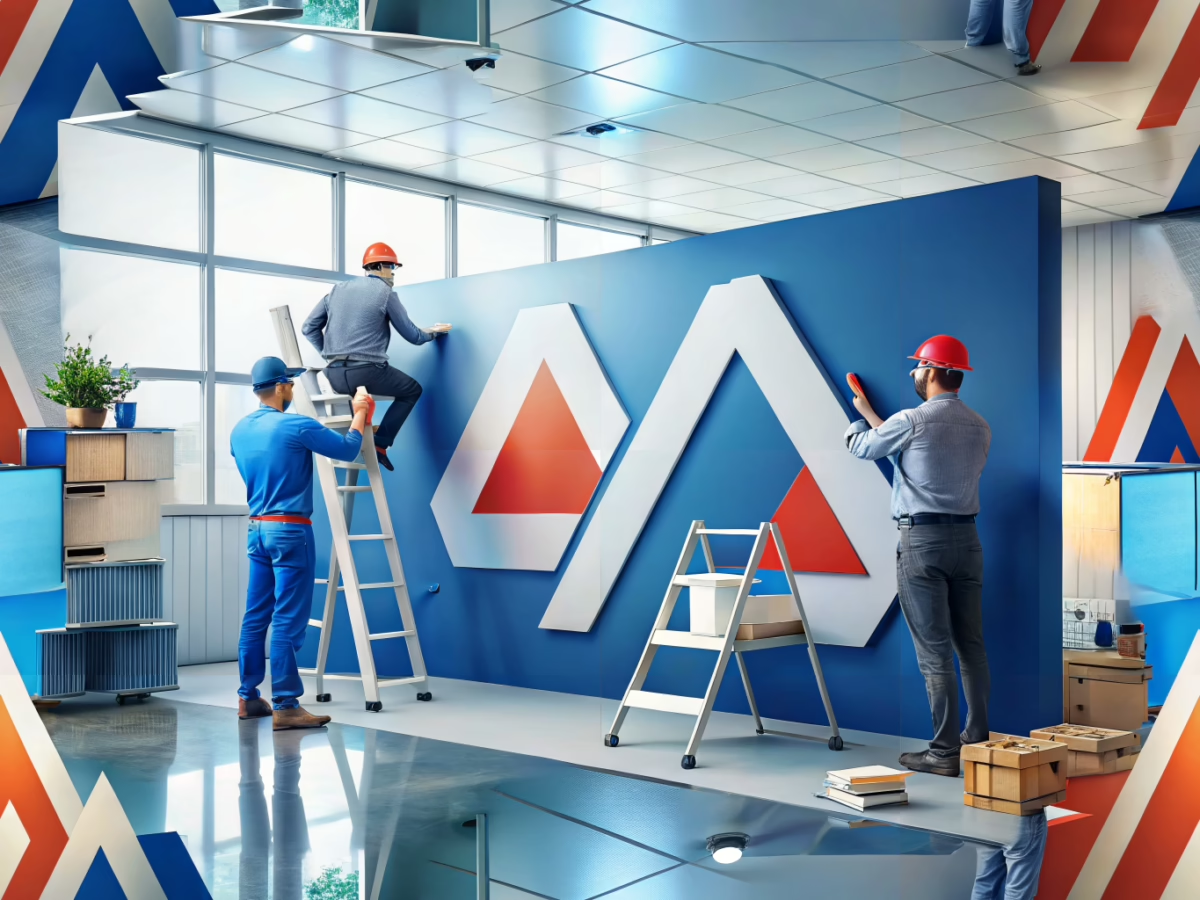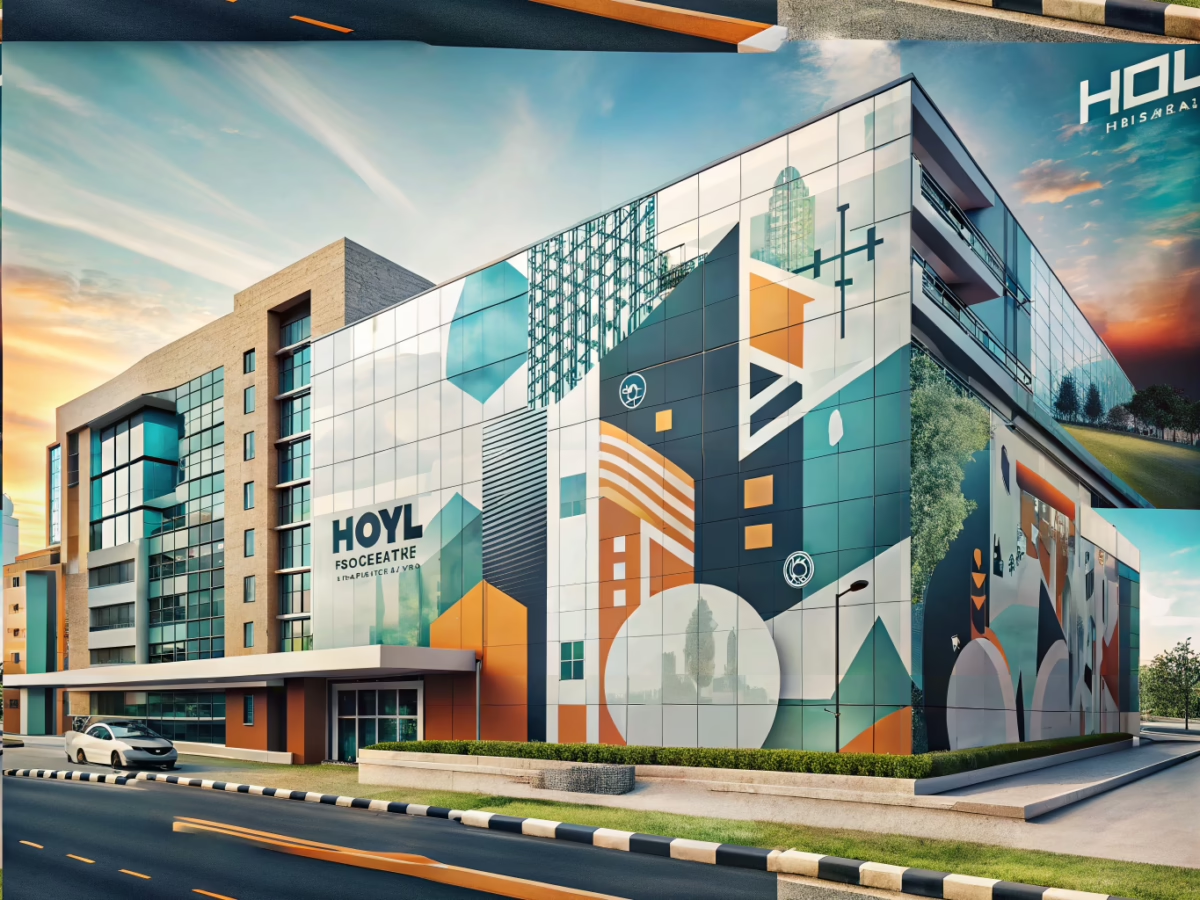The Vibrant World of Color: Transforming Business Signage
The Science Behind the Palette
Our journey into the world of color begins with a solid foundation of research. Drawing from studies on consumer behavior and insights from Michigan Custom Signs, we explore how color influences decisions. Through surveys and observational studies, we’ve gathered data that is invaluable for businesses looking to refine their branding strategies. This research is the key to designing signs that truly resonate with your audience.
The Emotional Spectrum of Color
Colors are more than just visual stimuli; they evoke emotions and drive behavior. Red, for example, can create a sense of excitement and urgency—perfect for clearance sales. On the other hand, blue is synonymous with trust and dependability, making it ideal for corporate environments. By aligning your color choices with your brand’s personality, you can craft a cohesive and memorable brand image. High-contrast color combinations and cohesive palettes are essential for making your signage stand out in a crowded marketplace.
Local Wisdom and Expert Insights
To gain deeper insights, we turned to industry experts who stress the strategic use of color in signage. A leading signage consultant notes, “Choosing the right color palette is not just about aesthetics; it’s about aligning with your brand’s core values and the emotions you wish to evoke.” In Michigan, custom sign companies have mastered this art, creating visually striking and effective signage that resonates with local audiences. These expert insights align with our data trends, underscoring the importance of color in effective signage design.
Crafting Your Signage Masterpiece
For businesses eager to enhance their signage, we recommend a thoughtful approach to selecting color schemes that align with both brand personality and audience expectations. Consulting with a local sign company in Michigan can provide expert advice tailored to your unique context, ensuring your signage is both visually appealing and strategically effective. As color psychology continues to evolve, staying updated on emerging trends will be crucial for ongoing signage success.
A Colorful Conclusion
Our exploration of color psychology reveals its significant impact on consumer behavior and the importance of strategic color use in business signage. By leveraging data-driven insights and local expertise, businesses can create compelling signage that captures attention and reinforces brand identity. We invite you to share your experiences with color choices in signage or ask questions about your brand strategies.
Dive Deeper into the World of Color
To stay informed on the latest trends in color psychology and business signage, subscribe to our updates or download our extended report on color trends. For personalized advice, consider consulting with local experts who can provide tailored solutions for your signage needs. Engage with us through comments or schedule a consultation to explore how color can transform your business signage.




